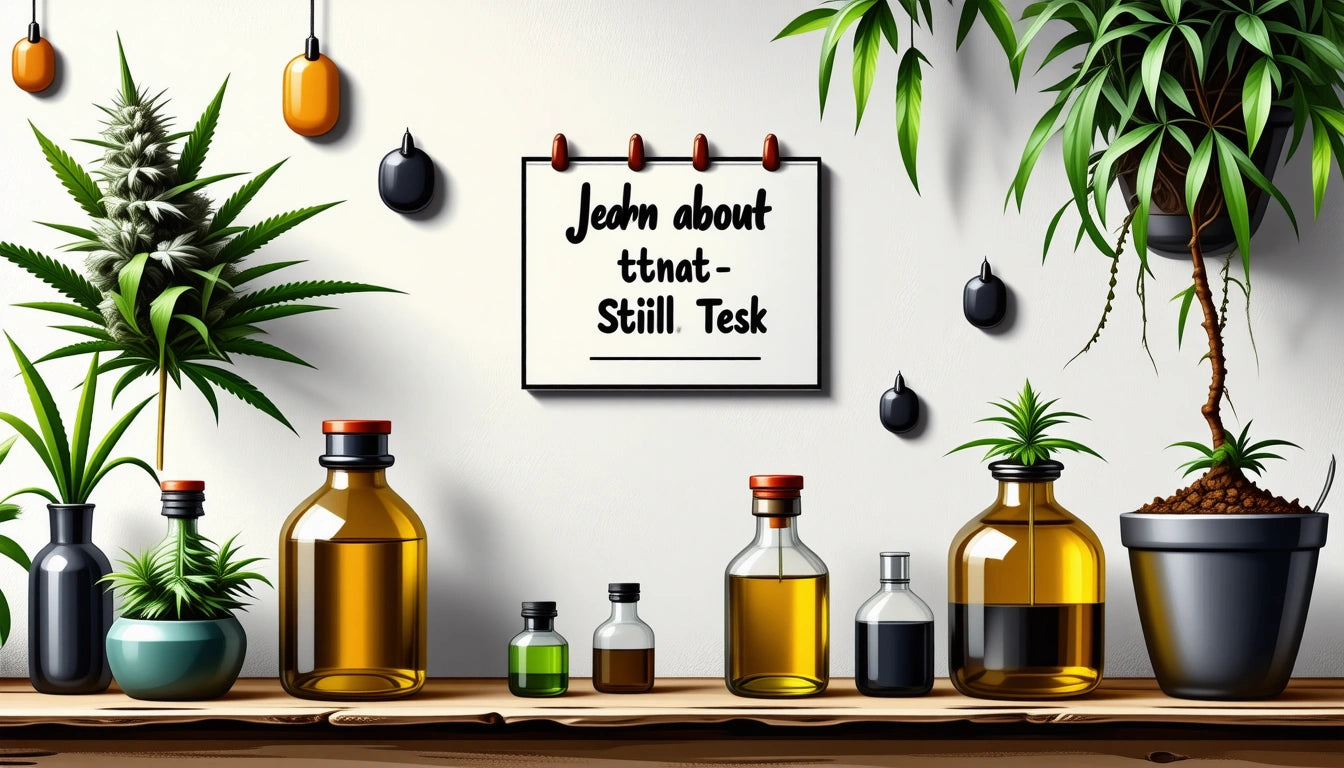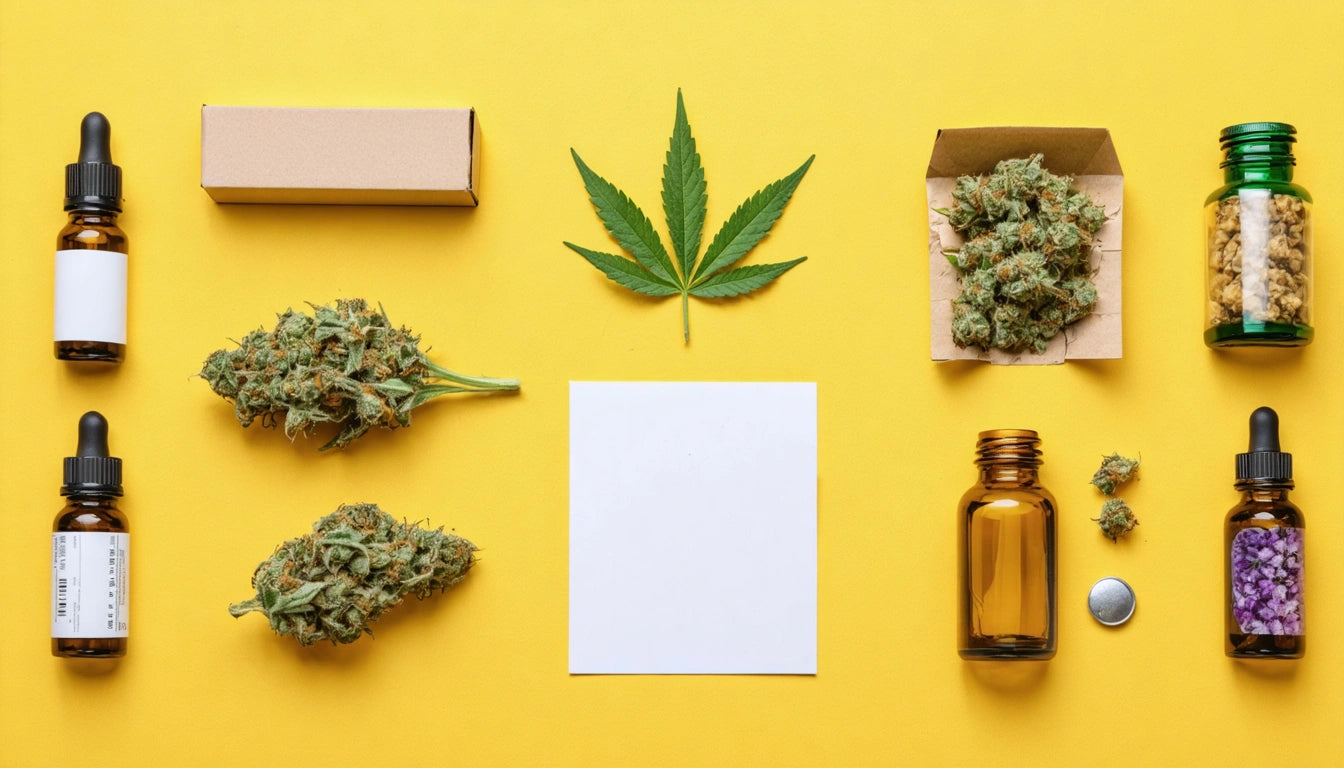Table of Contents
As the cannabis industry continues to grow, the environmental impact of packaging has become a significant concern for brands and consumers alike. Vape products, with their unique protection requirements, present particular challenges when it comes to sustainability. This guide explores eco-friendly alternatives to traditional vape packaging, focusing on innovative materials and designs that reduce environmental footprint while maintaining product integrity.
Environmental Impact of Traditional Vape Packaging
Conventional vape packaging often relies heavily on plastic clamshells, blister packs, and non-recyclable composite materials. These components can take hundreds of years to decompose, contributing to landfill waste and environmental pollution. The combination of child-resistant features and durability requirements has historically made sustainable alternatives challenging to implement.
According to industry data, vape products typically use 30-50% more packaging materials than other cannabis categories due to protection needs for fragile components and compliance with stringent regulations. This increased material usage amplifies the environmental impact, creating an urgent need for sustainable alternatives.
Bioplastic Solutions for Vape Packaging
PLA and PHA Options
Bioplastics derived from renewable resources offer promising alternatives to petroleum-based plastics. Polylactic acid (PLA) and polyhydroxyalkanoates (PHA) can be used to create vape packaging components that maintain structural integrity while reducing environmental impact.
When sourcing bioplastic packaging, brands should look for:
- Certification of biodegradability or compostability
- Transparency regarding sourcing of raw materials
- Clear end-of-life disposal instructions for consumers
- Compatibility with child-resistant mechanisms
These materials can be effectively implemented in various packaging formats, from clamshells to custom boxes, providing brands with flexible options that align with their sustainability goals.
Paper Tube Alternatives: Sustainable and Compliant
Paper-based tubes represent one of the most promising sustainable packaging options for vape products. Made from recycled or virgin paper fibers, these tubes can be engineered to provide adequate protection while dramatically reducing plastic use.
Key advantages of paper tube packaging include:
- High recyclability in standard municipal systems
- Ability to incorporate child-resistant features
- Excellent printability for branding and compliance information
- Lightweight design that reduces shipping emissions
Innovative paper tube designs now include interior molded pulp inserts that securely hold vape components in place, addressing protection concerns that previously made plastic seem necessary. As we've seen with other cannabis products like eighth bags for flower products, sustainable materials can be adapted to meet specialized cannabis packaging needs without compromising functionality.
Recyclable Materials in Vape Packaging
Beyond bioplastics and paper, other recyclable materials are making their way into vape packaging designs. Aluminum, glass, and certain types of plastic (#1 PET and #2 HDPE) offer high recyclability when properly processed.
Mono-Material Approach
One key strategy for improving recyclability is adopting a mono-material approach. Traditional vape packaging often combines multiple materials (plastic, paper, metal) that are difficult to separate for recycling. By designing packaging from a single material or easily separable components, brands can significantly improve end-of-life recyclability.
This approach requires careful consideration during the design phase, as noted in this guide on designing vape packaging for younger consumers, who increasingly prioritize sustainability in their purchasing decisions.
Balancing Sustainability with Compliance Requirements
Implementing sustainable packaging solutions for vape products requires navigating complex regulatory requirements. Child-resistance, tamper-evidence, and information display requirements must all be met, regardless of the materials used.
Successful sustainable vape packaging strategies include:
- Working with packaging engineers who specialize in sustainable materials
- Testing packaging extensively to ensure it meets child-resistant standards
- Incorporating clear recycling instructions on packaging
- Using minimal material while maintaining structural integrity
Brands must also consider how sustainable materials perform under various environmental conditions. As explored in this analysis of heat and humidity resistance, not all eco-friendly materials offer the same level of protection against environmental factors.
The Future of Sustainable Vape Packaging Innovation
The cannabis industry continues to drive innovation in sustainable packaging, with several emerging technologies showing particular promise for vape products:
- Mushroom-based packaging materials that provide cushioning and biodegradability
- Water-soluble films for internal components
- Plant-based inks for branding and compliance information
- Reusable packaging systems that encourage consumer returns
These innovations point toward a future where sustainability and functionality coexist seamlessly in vape packaging design. As consumer awareness grows and regulations evolve, brands that invest in sustainable packaging solutions now will be better positioned to meet changing market demands.
By embracing materials like bioplastics, paper tubes, and recyclable components, vape brands can significantly reduce their environmental impact while maintaining the protection and compliance features essential to their products. The path to truly sustainable vape packaging requires ongoing innovation, but the technologies and materials available today already offer substantial improvements over traditional options.











Leave a comment
All comments are moderated before being published.
This site is protected by hCaptcha and the hCaptcha Privacy Policy and Terms of Service apply.